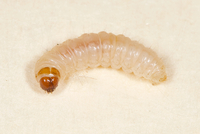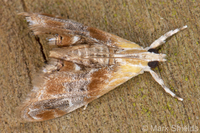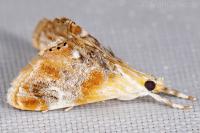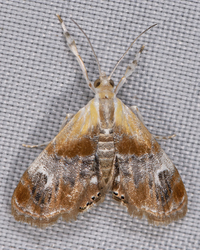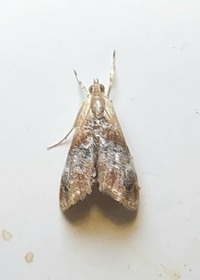
| Recorded by: Mark Basinger on 2025-09-26
Brunswick Co.
Comment: | 
| Recorded by: Mark Basinger on 2025-09-26
Brunswick Co.
Comment: |

| Recorded by: Mark Basinger on 2025-08-24
Brunswick Co.
Comment: | 
| Recorded by: Dean Furbish on 2025-08-16
Orange Co.
Comment: |

| Recorded by: R. Newman on 2025-05-06
Carteret Co.
Comment: | 
| Recorded by: Mark Basinger on 2025-04-24
Brunswick Co.
Comment: |
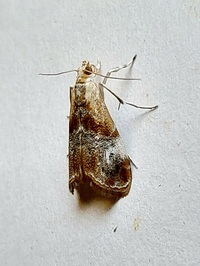
| Recorded by: Mark Basinger on 2025-04-24
Brunswick Co.
Comment: | 
| Recorded by: R. Newman on 2025-04-19
Carteret Co.
Comment: |
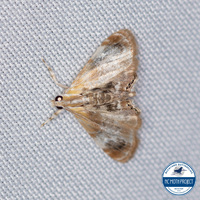
| Recorded by: Lior S. Carlson, Dean Furbish on 2024-09-18
Wake Co.
Comment: | 
| Recorded by: Mark Basinger on 2024-08-31
Brunswick Co.
Comment: |
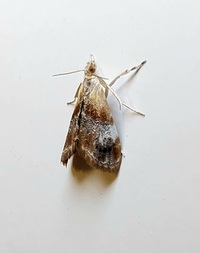
| Recorded by: Mark Basinger on 2024-08-31
Brunswick Co.
Comment: | 
| Recorded by: John Petranka on 2024-08-31
Orange Co.
Comment: |
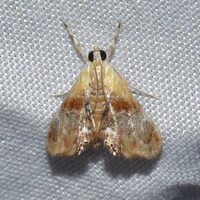
| Recorded by: David George, Jeff Niznik, Stephen Dunn on 2024-08-02
Chatham Co.
Comment: | 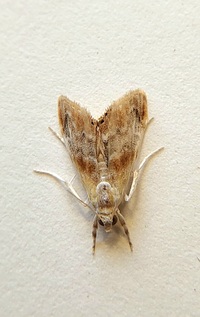
| Recorded by: Mark Basinger on 2024-07-30
Wilson Co.
Comment: |
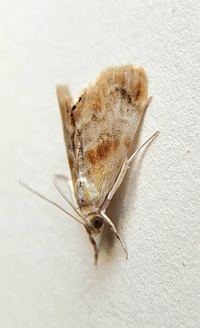
| Recorded by: Mark Basinger on 2024-07-30
Wilson Co.
Comment: | 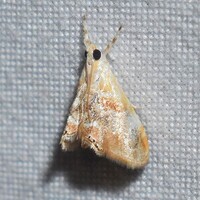
| Recorded by: Jeff Niznik, David George on 2024-07-25
Durham Co.
Comment: |
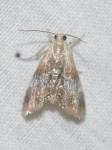
| Recorded by: K. Bischof on 2024-07-08
Transylvania Co.
Comment: | 
| Recorded by: K. Bischof on 2024-07-04
Transylvania Co.
Comment: |
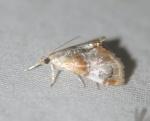
| Recorded by: K. Bischof on 2024-07-04
Transylvania Co.
Comment: | 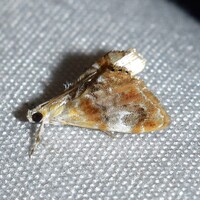
| Recorded by: David George, Jeff Niznik, Stephen Dunn on 2024-06-29
Chatham Co.
Comment: |
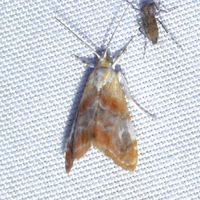
| Recorded by: Jeff Niznik on 2024-06-26
Orange Co.
Comment: | 
| Recorded by: David George, Stephen Dunn, Jeff Niznik, Patrick Coin on 2024-06-22
Chatham Co.
Comment: |

| Recorded by: David George, Stephen Dunn, Jeff Niznik, Patrick Coin on 2024-06-22
Chatham Co.
Comment: | 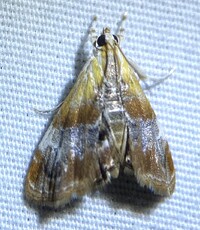
| Recorded by: Dean Furbish, Lior S. Carlson on 2024-06-17
Lincoln Co.
Comment: |
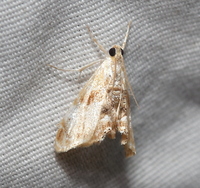
| Recorded by: David George on 2024-06-13
Durham Co.
Comment: | 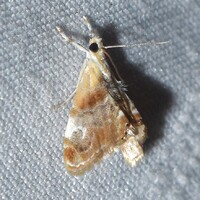
| Recorded by: David George, Tracy Feldman, Jeff Niznik, Rich Teper, Patrick Coin, Becky Watkins on 2024-06-08
Wake Co.
Comment: |
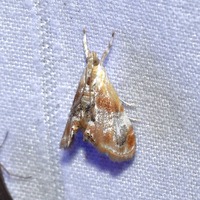
| Recorded by: Jeff Niznik on 2024-05-29
Durham Co.
Comment: | 
| Recorded by: Mark Basinger on 2024-05-27
Brunswick Co.
Comment: |
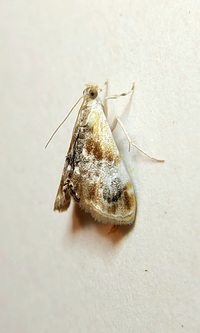
| Recorded by: Mark Basinger on 2024-05-27
Brunswick Co.
Comment: | 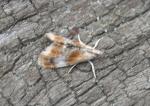
| Recorded by: R. Newman on 2024-04-10
Carteret Co.
Comment: |
|

 »
»